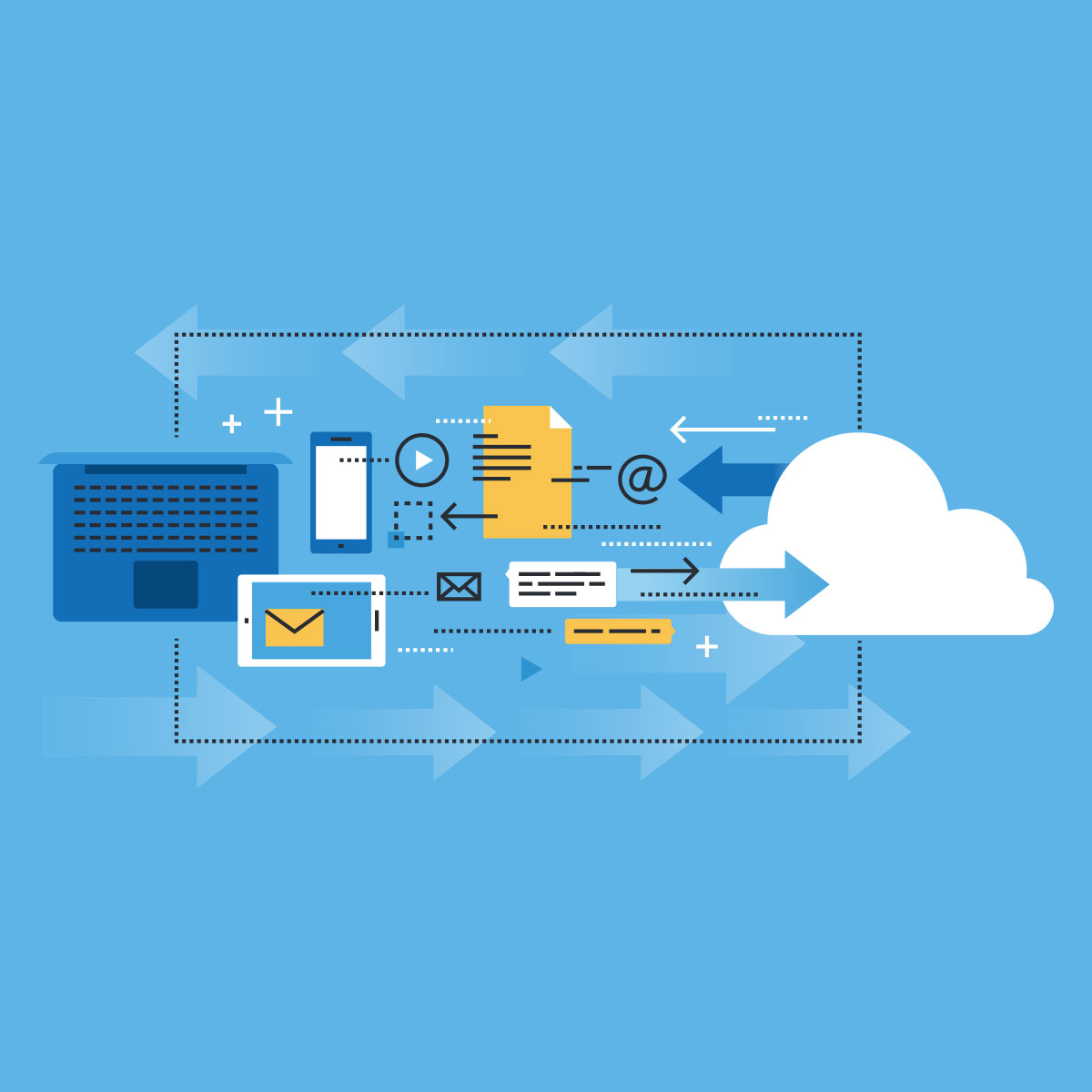
Are you considering moving your company to the cloud? There are a lot of perks. First, it allows your company to scale up and down based on system needs more easily. When you host software onsite, you have to invest wholly in the server required, whether or not you’re utilizing that server fully. If the software is in the cloud, on the other hand, you only pay for what you use. Second, you have access anywhere you choose to be at any time, which opens up tremendous opportunities for remote work and greater efficiency.
Finally, consider security. Data loss is not a matter of if — it’s a matter of when. And, unfortunately, it happens to companies of every size. More than half of businesses locate their disaster/backup systems in the same physical location as their primary system – red alert! If you only have one copy of your system’s backup at your office and your hardware fails or a breach occurs, then a backup is completely useless. In a bit of irony, it turns out that the safest place to be during a storm (whether literal or figurative) is “in the cloud.”
So, let’s say you’ve finally agreed that it’s time to move to the cloud – where do you start?
Here are some recommendations that can help you though the process:
- First off, moving to the cloud doesn’t have to be an all-or-nothing process. Companies that weren’t “born in the cloud,” meaning any company more than a few years old, need a plan for transitioning to the cloud. Establish the plan, let your data trickle into the cloud and take your time. No need to jump in headfirst. It is perfectly fine to keep your business operating in a hybrid cloud environment (some items on site, some in the cloud) for as long as you need, perhaps indefinitely.
- Make sure you know your data. Truly understand what is going on before you begin to move your data and applications. Say you’re going to sell your house — you first need to clean and organize your belongings before putting them all away in storage. The same exact concept holds true when it comes to transitioning to the cloud: clean and organize before you store. You may find that while a software works in the cloud, it may experience extensive lag and downtime. Knowing this before you make a move will significantly reduce frustration.
- Know your options: Public cloud, private cloud or hybrid cloud? Refer to our previous blog (To Cloud, or Not to Cloud) to learn the difference between these types of clouds. How much storage, bandwidth and support do you want to pay for? Make sure you tailor your cloud service to best fit your company’s needs. What works for someone else might not work for you.
- Do your research. Here’s the reality: we have heard and experienced the effects of far too many subpar cloud solution horror stories. Companies that were put up on a half-built cloud solution eventually had to return to their on-premise solutions. With unreliable cloud partners, comes hidden costs such as unexpected fees for the overuse. Choose a reliable provider.
- Define key roles. Who will have access? Who can add, delete or modify data? What responsibilities belong to who and how will this change with the cloud? It is crucial to know your staff’s access limitations.
- Add encryption. Most cloud service providers offer encryption features such as service-side encryption to manage your encryption keys. Who controls and has access to these encryption keys? What data is being encrypted and when? Ultimately, you decide how safe your solution is.
While the road ahead may be tough, with these tips in mind, you can begin moving your business processes to the cloud safely and efficiently with the support of the right IT services team.



